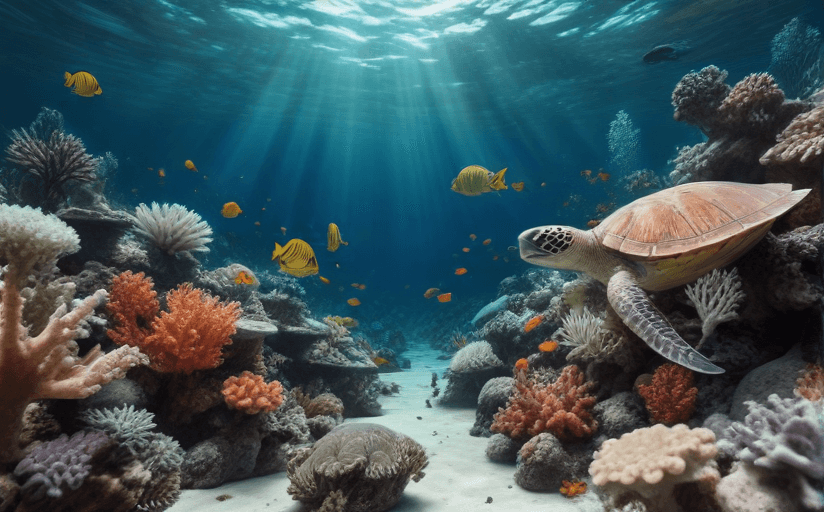Climate Change and the Reproduction Patterns of Marine Life
Climate change, with its far-reaching effects, is significantly influencing the breeding and reproduction patterns of marine life. Rising ocean temperatures, increased acidity, and shifts in food patterns are just some of the factors contributing to this change. By exploring the marine species, we can understand the profound impact of climate change on the diverse structure of marine life.
Changes in Breeding Habits
As climate change alters water temperature, many species are altering their breeding habits. For instance, studies on Atlantic Cod have shown spawning occurring earlier as waters warm. This adaptive strategy may help some species survive, however, if all species cannot adapt at the same pace, it can lead to imbalances within the ecosystem.
Shifts in Timing
Timing is everything in the ocean's reproductive cycles. Climate change is disrupting the timing of food availability, which can affect the success rate of younger fish. For example, plankton blooms, which are critical food resources for newly hatched fish, are occurring earlier because of warmer waters; if fish larvae do not arrive at the same time, it can lead to a decrease in survival rates.
The Impact on Success Rates
Coral reefs, the 'rainforests of the sea', are facing a major threat from increased water temperature. As Dr. Mark Eakin, coordinator of NOAA's Coral Reef Watch, notes, Warmer ocean temperatures lead to coral bleaching, which severely affects their reproduction and growth rates. This drastically reduces the biodiversity of our oceans as an entire ecosystem depends on these coral reefs.
Implications for Ecosystem and Humanity
Changes in marine life reproduction can have cascading effects on the entire ocean ecosystem, leading to a decline in fish populations, which constitutes a major food source for a large portion of the global population. Moreover, declining fish populations can disrupt oceanic carbon sequestration, thereby exacerbating global warming.
Potential Mitigation Strategies
Protection of marine life requires urgent action to mitigate the impacts of climate change. Creating marine reserves, imposing stricter fishing regulations, and investing in renewable energy are some of the measures that can be considered. Banning single-use plastics, which contribute to ocean pollution and indirectly to climate change, is another key action.
It is crucial that we understand the intricate relationship between climate change and marine life reproduction. It's more than just a scientific interest; it is central to the future health of our oceans and, in turn, the survival of humanity.



















Comments
Leave a Comment